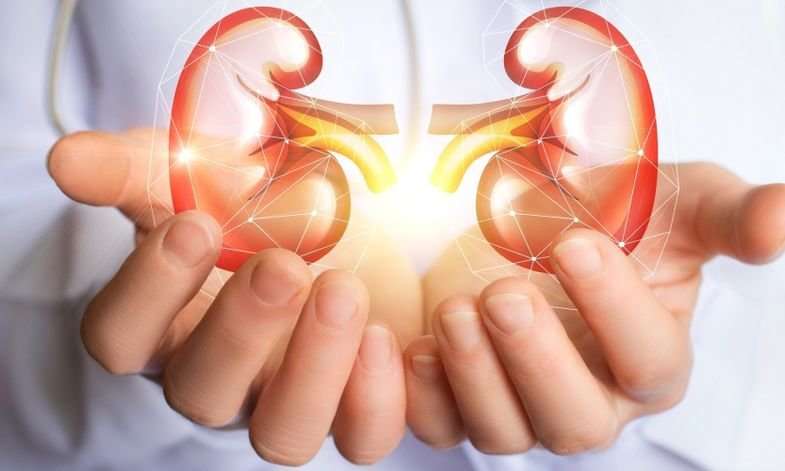Dedicated dog lovers tend to be very kind people. We share our hearts and homes (and for some lucky pups, even the foot of our beds) with our canine pals. Surely there is nothing wrong with sharing our favorite foods with them too, right? Not necessarily. Many of the foods, such as fruits and vegetables, that humans digest just fine, can wreak havoc on a dog’s body, causing severe health problems. On the other hand, some of the foods people eat can be introduced to a dog’s diet just fine, and even provide health benefits such as joint strength, better breath, and allergy immunity.
You may or may not be a rookie in being a DOGGO EXPERT, but there’s no harm in being absolutely sure in knowing what is and what’s not good for your pet. So, here’s a list of food that you eat that can be shared with your dog and what’s not to be shared:
Fruits Your Dog Can Eat:
Many dog owners know that grapes and raisins can make their dog sick, but they don’t know which fruits are actually beneficial. If one fruit is toxic to your dog, you may fear that all fruits are poisonous. Luckily, that’s not the case. Fruit can be a nutritious and tasty treat for your dog.
1) Watermelon
It is a health-food powerhouse, low in calories and packed with nutrients—vitamins A, B6, and C, and potassium. Watermelon is also a great snack to give your dog on a hot day, as it is mostly water. Pro tip: Freeze some watermelon cubes for your dog to make for an even better cool-down.
2) Blueberries
Blueberries are absolutely packed with antioxidants, making them extremely healthy for man’s best friend. Depending on your dog’s size, however, choking might be a potential risk; try cutting up the berries for smaller dogs.
3) Apples
Apples are light and delicious for both you and your dog. But make sure your dog doesn’t eat the apple seeds, they are toxic. Apple seeds actually contain small traces of cyanide. The human digestive system can easily filter this out, but the same is not true for canines.
Veggies Your Dog Can Eat:
Even if you’re not keen on eating your vegetables, your dogs will be. Plus, they provide nutrients with minimal calories. However, as with humans, dogs can have adverse reactions to certain foods, even if they are supposedly good for them.
1) Green Beans
Green beans are the full package. In fact, green beans are so healthy for dogs that some people make a sizeable portion of their fur baby’s daily food regimen. Just remember not to add salt or seasoning.
2) Carrots
Carrots are wonderful snacks for your pup. Dogs can eat carrots several ways: raw, cooked, or even with the green tops still on them.
3) Asparagus
This vegetable has plenty of fiber, which can be good for a dog’s digestive health. As a snack, cooked asparagus is perfectly safe for dogs.
4) Pumpkin
Vets often recommend pumpkin when a dog is constipated or has other digestive issues. Give your dog some canned pumpkin with their kibble to keep their digestive system running smoothly.
5) Spinach
Spinach is rich in antioxidants, iron, and vitamin K. That’s what makes it so healthy for humans and a potentially beneficial part of your dog’s diet. Spinach can boost your dog’s immune system and energy levels, making for an all-around healthier pet.
Meat Your Dog Can Eat:
Your dog may love most kinds of meat—just make sure whatever cut you give your pet doesn’t have much fat on it. Food with high-fat content can easily make your dog gain weight. As far as land animals go, chicken is always a safe bet, especially when your dog has an upset stomach.
1) Chicken Broth
It’s not just the meat of the chicken that is good for your dog to eat. Bone broth, either homemade or store-bought, can help a dog with an upset stomach. However, be extremely cautious about the actual bones. If you are feeding your dog any type of meat, remove all bones before giving it to them. Ingesting the bones could cause a variety of problems for dogs like broken teeth, an injured mouth or an intestinal blockage that requires surgery.
2) Fish
Dogs can eat fish, so long as it isn’t raw. And certain types of fish are healthier for your dog than others. Salmon, ocean whitefish, and herring, for example, are fish that live short lives, so they have lower levels of mercury compared to fish near the top of the food chain like, say, swordfish. Fish is also a great source of protein for your dog if he or she has allergic reactions to other types of meat.


